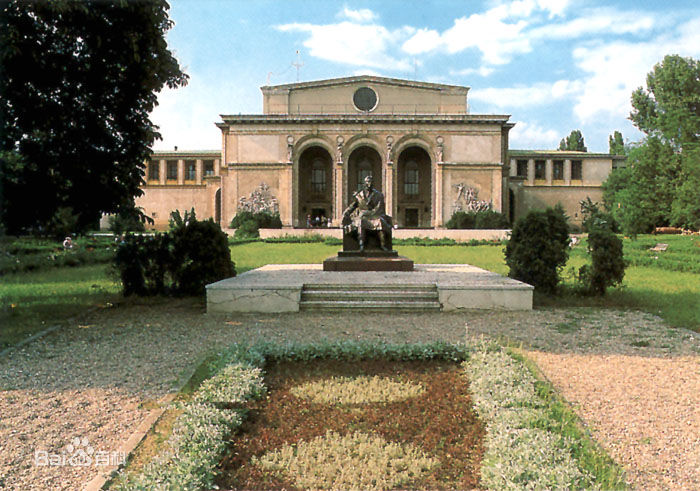 Romania
Romania
Romania, which joined the European Union on 1 January 2007, began the transition from Communism in 1989 with a largely obsolete industrial base and a pattern of output unsuited to the country's needs.The country emerged in 2000 from a punishing three-year recession thanks to strong demand in EU export markets. Domestic consumption and investment have fueled strong GDP growth in recent years. Romania's macroeconomic gains have started to spur
creation of a middle class and address Romania's widespread poverty. Romania's strong GDP growth moderated markedly in the last quarter of 2008. Romania hopes to adopt the euro by 2014. Romanian economy ranks at the front class among the central and eastern EU members. At present, Romania's economy is growing with high speed, which is compared as "Tiger". Its economic growth rate ranks the top among EU countries. In recent years, Romania's economic growth rate has kept at over 6% (reaching 8% in 2008). Romania is a member state of EU (with the 7th largest population). Its capital Bucharest is the region's largest financial center. Foreign investment in Romania has also been growing. The cumulative foreign investment in Romania
has reached more than 50 billion U.S. dollars. It is expected that the total GDP in Romania will be doubled by the year 2011. Some scholars even believe that Romania's GDP per capita will exceed Italy in 2020.
Location: Southeastern Europe, bordering the Black Sea, between Bulgaria and Ukraine
Population: 21,296,000 (2013 est.)
Land Area: 238,391km2
Capital: Bucharest
Main cities: Iasi, Cluj-Napoca, Timisoara, Constanta, Craiova, Galati, Brasov
Languages: Romanian (official), Hungarian, Romany (Gypsy)
GDP: $189.648 billion (2013 est.)
Monetary unit: Leu
Exports: $57.36 billion f.o.b. (2014 est.)
Exports - commodities: textiles and footwear, metals and metal products, machinery and equipment, minerals and fuels, chemicals, agricultural products
Exports - partners: Italy 16.1%, Germany 15.3%, Turkey 7.8%, Hungary 6.4%, France 6.3%, Austria 4.7%, UK 4.5% (2006)
Imports: $63.91 billion f.o.b. (2014 est.)
Imports - commodities: machinery and equipment, fuels and minerals, chemicals, textile and products, basic metals, agricultural products
Imports - partners: Germany 16.6%, Italy 12.9%, China 11.3%, Russia 6.1%, Hungary 5.8%, France 5.3%, Austria 4.9%, Turkey 4.3% (2006)
Land use:
arable land: 39.49%
permanent crops: 1.92%
other: 58.59% (2005)
Natural resources: petroleum (reserves declining), timber, natural gas, coal, iron ore, salt, arable land, hydropower
|
Copyright © 2003-2018 China Intellectual Property Magazine,All rights Reserved . www.chinaipmagazine.com 京ICP备09051062号 |
|
|


